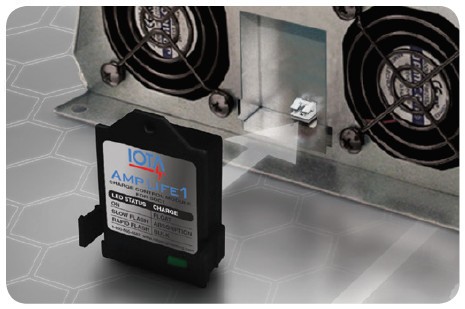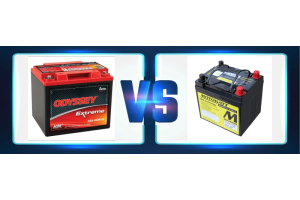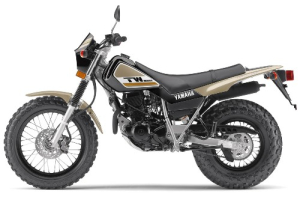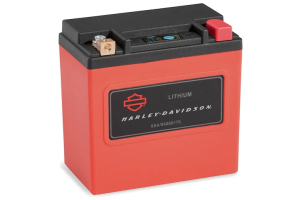What’s the Difference between the IOTA DLS-55 and the SDC-12-55?
In this addition of What’s What we will be comparing the ever popular IOTA DLS-55 M Series converters to the new 55 amp SDC Series converters. Both of these units are a DC power supply that can be retrofitted to become a smart charger. We first introduced the SDC series back in August 2016 where we highlighted its features and Iota Engineering’s legacy of excellence. We thought it would be useful to list the attributes of both the 12V 55A variations side by side to better contrast the changes.
| Specification | DLS-55 / DLS-55-IQ4 | SDC1-120-12-55 |
|---|---|---|
| Voltage | 12 Volts | 12 Volts |
| Maximum DC Amps | 55A | 55A |
| Dimensions - Inches | 9.7 x 6.7 x 3.4 | 10.3 x 6.0 x 2.7 |
| Ripple / Noise | ||
| Approx. Weight Lbs | 4.8 Lbs | 4.7 Lbs |
| Warranty | 2 Years | 3 Years |
| AC Power Indicator | No | Yes |
| Cooling Fan | External | Internal |
| Top Panel | Vent Slats | Vent Free |
| Fuse Access | Challenging | Simple |
| Terminal Block | Accommodates 6-16 Gauge Wire | Accommodates 2-16 Gauge Wire |
| Smart Controller | IQ4 | AmpLife |
| Charger Component | Modular or Internal | Modular Only |
We should be quick to point out there is no difference is charging performance or power output between the IOTA DLS-55 and the SDC-55. They are both 110 VAC input, consume the same AC current to operate, produce the same 55 amp DC current output at 12 volts nominal.
Comparing the IOTA DLS-55 and SDC-55
The key differences are in the value proposition and adjustments made to the design. The IOTA SDC series power converters come with a three year manufacturer warranty. The IOTA DLS series converter chargers come with a two year warranty. The reason behind the extra one year of warranty coverage is simple; IOTA wants to encourage users to look at and purchase the newer version. After all, many of the new design features included are from existing users and based on real world situations. They are designed with the end user in mind to simplify tasks (i.e. change a fuse) and make it easier to install and operate.
You'll notice that the dimensions are pretty similar. This will aid in migrating to the newer version. Overall the SDC power supplies are about a half inch longer, half inch narrower and a half inch thinner. The width and length change is primarily due to the mounting flanges being moved from the side to the ends. The vent slats found on the top of the IOTA DLS-55 have been moved to the sides on the SDC. This better protects against dust and water intrusion. The cooling fan that protruded from the back side of the DLS housing has been incorporated inside the SDC case. This simple change allows the fan to circulate more air and protects the fan from damage during transport or installation. The simplest of changes has to be the addition of the blue power on light. The older DLS models had no power indicator making it challenging at times to trouble shoot and verify if there was power going to the unit.
The next three features are very functional and make tremendous sense. They deal with the terminal block, fuse holder and smart charging.
The Terminal Block
Enabling the terminal block to accept thicker gauge wire is forward thinking at its best. One of the most important aspects of creating a perfectly balanced charging system is to keep the length, type and size of wire consistent. If you are running 2 gauge wire between your batteries (even if that is overkill and don't need such a heavy gauge) you ought to be able to run 2 gauge wire to your charging source, right? Why create a bottleneck and unnecessary resistance and heat in your cable leads by dropping down to a thinner gauge wire? With the SDC series chargers being able to accommodate the thicker gauges the variance in wire gauges is alleviated.
The Fuses
The change to the fuse holder is so minute yet it has a significant impact. Both the older DLS and newer SDC chargers have external fuses. The IOTA DLS 55 amp version has two 30A fuses while the IOTA SDC 55 amp version has three 20A fuses. The DLS fuses were inserted from the front horizontally while the SDC fuses are inserted from the top vertically. But that is not what makes the fuse update so significant. The holder on the DLS units had the fuses mounted so deep they were next to impossible to get a hold of to check if they were blown. Also, if you did not pay attention to and follow the instructions on the little instructional sticker mounted above the holder you could pull forever and never get the fuse out. On the DLS units you have to loosen two screws that help lock them in place. Contrast that to the SDC units where the locking screws are no more and the fuses are no longer flush; they sit higher so can actually grasp them and pull. With the IOTA units often being mounted on the wall, changing the direction of the fuse to vertical makes it easier to reach in and pull back towards yourself rather than trying to blindly grab hold and yank downwards. This is such a simple design change that has a profound effect!
While I'm on the topic of fuses, let me deviate for a moment and comment on warranties. Over the years, we have had exactly 3 warranty requests for IOTA charger converters. In every case it was a relatively new purchase and the customer complained there was no power. One of the first questions we ask is "have you checked the fuses?" In each case, they responded "yes, they are fine". So taking them at their word we arrange to have the units sent to IOTA for warranty. Shortly thereafter we get a response back from IOTA Engineering indicating the units perform fine and simply had a blown fuse.
In my opinion, it is not hard to tell if a fuse is blown. I believe these customers may have attempted to check the fuses and perhaps got frustrated and quit. Ultimately, I have to assume that the fuses were not checked. Perhaps they did not see or read the sticker notifying them to loosen the screws first. Or perhaps they could not get a hold of the fuse since they sat flush to the holder. In any case I sincerely believe the new SDC chargers will alleviate this issue. And in case it was lost on anyone, that means there have been ZERO warranties. That's a pretty strong track record!
AmpLife vs IQ4
I really like this feature change! It pits the IQ4 smart controller against the AL1 AmpLife controller. These devices are the brains behind what allows the power supply to become a smart multi-stage charger. Without which the DLS and SDC series would only by power supplies.
The older IOTA DLS-55 models had two styles that utilize the IQ4 brain, the internal IQ4 and the external IQ4. As the terms suggest the power supply with the internal IQ4, part number DLS-55-IQ4, has the smart controller included inside the metal housing. The regular DLS-55 power supply has no active IQ4 controller included and instead has only an external receiving port better known as a 'phone' jack. The little 2" x 1" x 3/4" IQ4 smart chip is then connected to the DLS via a 12 inch or so phone cord. Once installed the brains of the charger are now hanging off the unit. Personally, I have always thought the external method was a little goofy. It was a nice feature to have available, but the implementation seemed like the best-of-the-worst after thought. Now I could be wrong, but I would guess that is why IOTA Engineering came out with the internal IQ4 version; aesthetically speaking it was light-years ahead and provided all the same capabilities.
The new SDC series do not have a dual part number system that can confuse the end user. There is one part number that correlates to the input voltage, output voltage and output amperage. For example, our subject for today's article is the SDC-120-12-55. If you would like for the power supply to double as a battery charger you then insert the AL1 charge controller and lock it in place. No longer does it hang off the unit! It now looks like it was designed for modular use.  The second great aspect about the AL1 AmpLife module is that they can be programed for specific charge profiles such as for lithium batteries, deep cycle AGM batteries and parallel or series configurations. If you ever change your battery type there is no need to change your entire charging system, simply replace the modular controller for about $20. If you want to use the charger for multiple applications with different battery types or configurations, simply keep the necessary Amp Life controllers on hand and continue using the base unit for all scenarios. The SDC series is now a system that can grow and change with you.
The second great aspect about the AL1 AmpLife module is that they can be programed for specific charge profiles such as for lithium batteries, deep cycle AGM batteries and parallel or series configurations. If you ever change your battery type there is no need to change your entire charging system, simply replace the modular controller for about $20. If you want to use the charger for multiple applications with different battery types or configurations, simply keep the necessary Amp Life controllers on hand and continue using the base unit for all scenarios. The SDC series is now a system that can grow and change with you.






